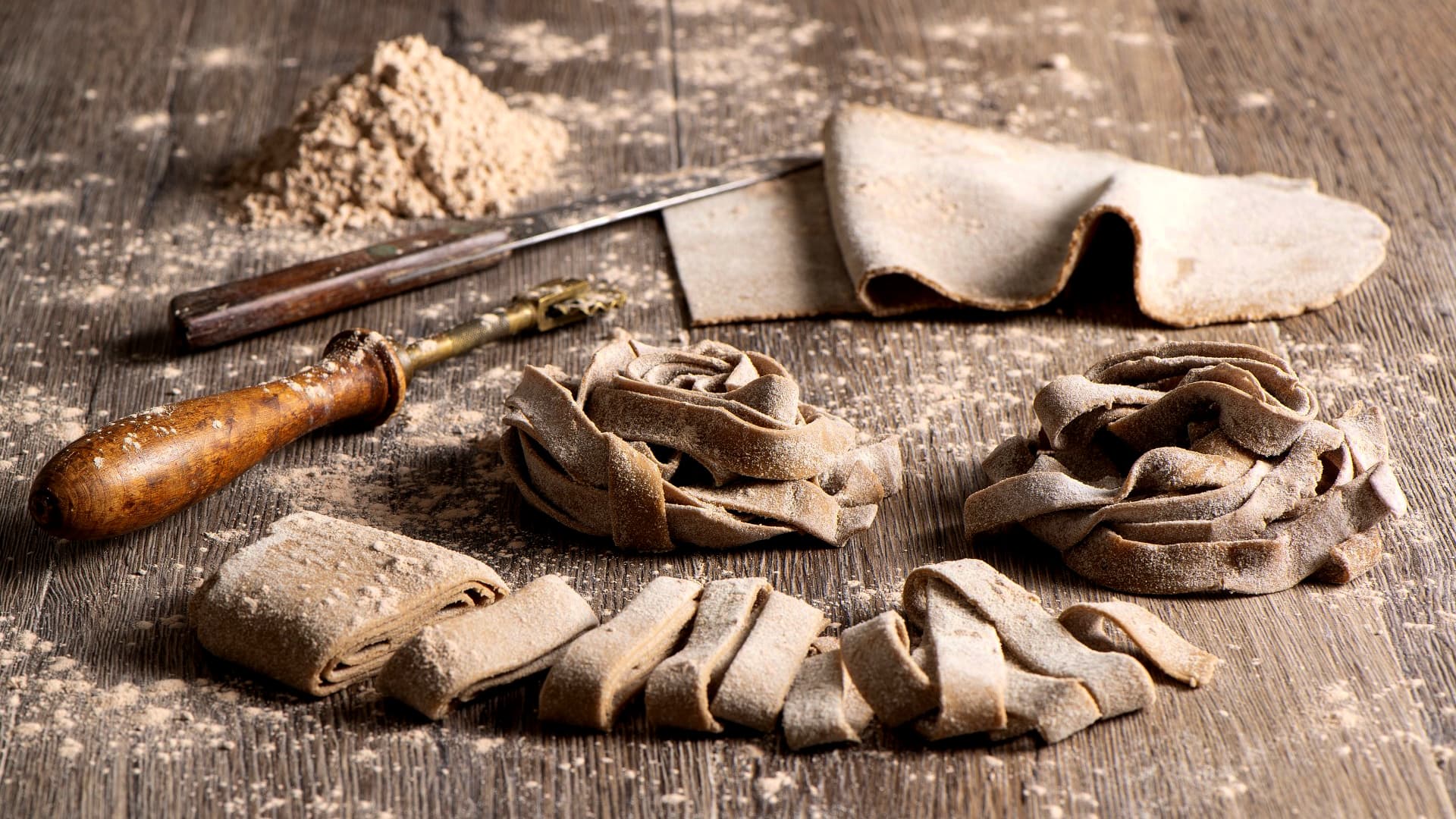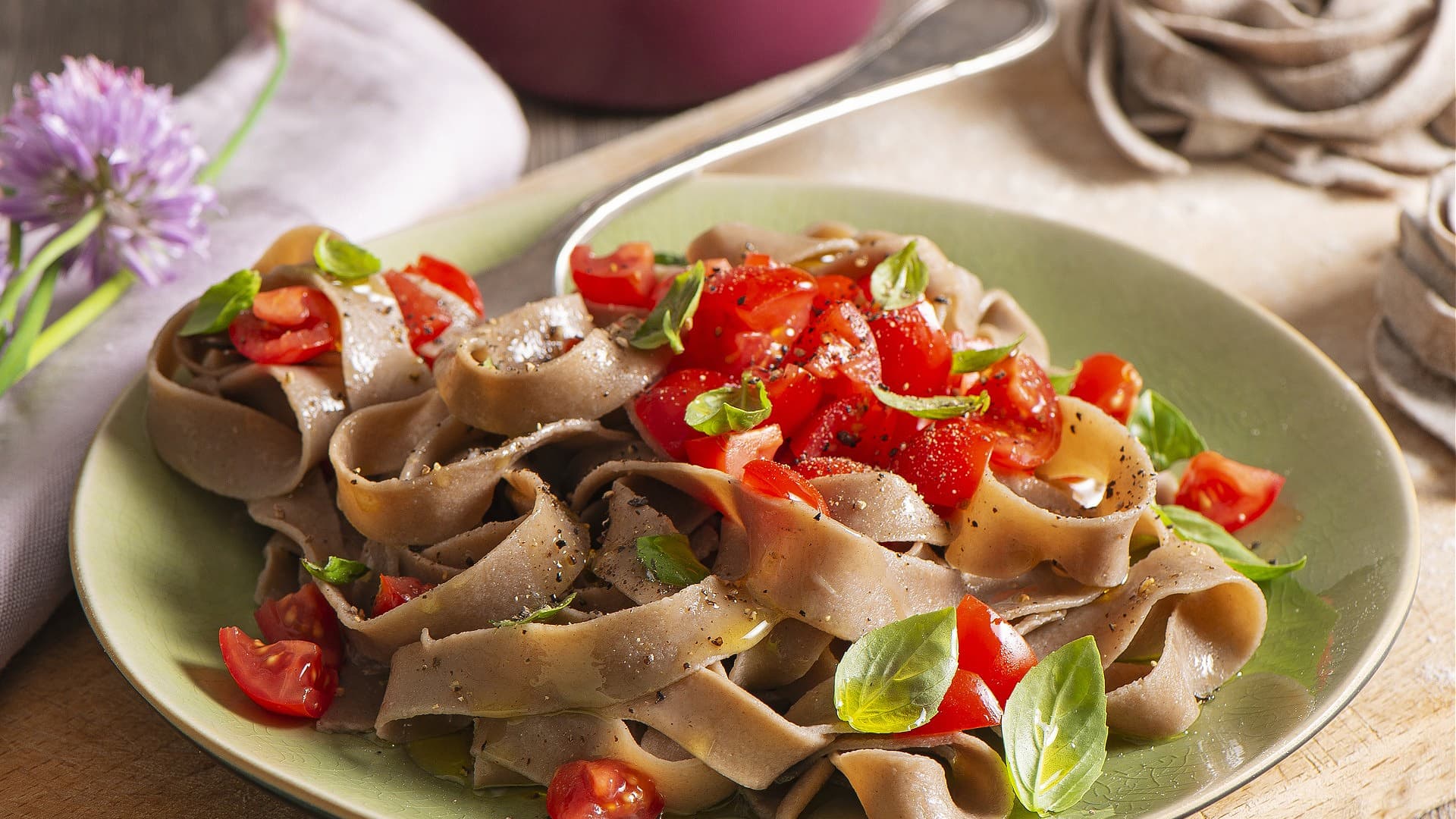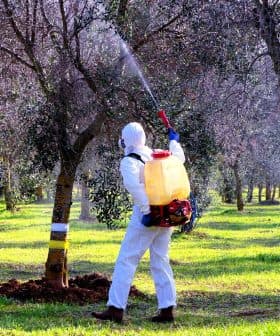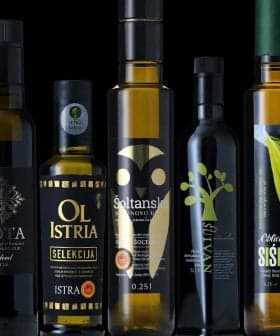Chefs Incorporate Insect-Based Foods in Mediterranean Cuisine
With the approval of the Europe's first cricket flour factory, chefs are seeking new ways to add a sustainable protein to traditional dishes.
 Mating crickets
Mating crickets  5.5K reads
5.5K readsThe European Commission approved a factory’s cricket flour production process, sparking debate on the sustainability of insects as a protein source compared to livestock. Advocates, such as Italian food blogger Roberto Cavasin, believe incorporating insects into traditional Mediterranean cuisine, paired with extra virgin olive oil, can offer new gourmet opportunities while being more environmentally friendly. Research has shown that insects are a safe source of protein and vitamins, with lower environmental impact compared to traditional livestock, leading to increased interest in insect-based dishes like cricket pasta and pizza.
After the recent go-ahead from the European Commission for a factory’s cricket flour production process, the prospect of eating insects, which advocates argue are a more sustainable way of producing protein than livestock, and mixing them in traditional food specialties has heated a spirited debate.
Cricket pasta is on its way. And it is good
“While many populations around the world eat insects, such as in Asia and Latin America, the major Mediterranean cuisines lag behind,” Roberto Cavasin, an Italian food blogger focused on insect food, told Olive Oil Times.
“The French invested in breeding techniques, insect factories and transformation technologies,” he added. “And they sell insect-derived pasta abroad. As a result, they are far ahead compared to Italy, where things are moving only now.”
See Also:Spanish Co. Introduces Vegan Cheese Made With Olive OilCavasin argues that Italy has long been known for its diverse offering of high-quality food specialties and innovation in food research. He believes that turning insect-based foods into gourmet cuisine should be no exception.
“Billions of people eat insects around the world,” he said. “We can do it our way, adding insect food to upgrade the Mediterranean diet with new opportunities turned into delicious new servings.”
“Extra virgin olive oil is the main ingredient of the Mediterranean diet,” Cavasin added. “Whatever your insect food will be, you will need olive oil for cooking, as a topping or a finishing touch.”

Cricket flour (Photo: Carlotta Totaro Fila)
“Given the healthy qualities of both products, insects and extra virgin olive oil, such a pairing is destined to have an impact [on consumer awareness],” he continued.
Casavin compared insect-based foods to lobsters, pointing out that the seafood delicacy was once considered a low-quality food offering. “It took time to have it become a delicacy,” he said.
Recent research has shown that edible insects represent a safe source of proteins and vitamins, with 1.7 kilograms of crickets yielding a kilogram of protein. It takes 7.7 kilograms of traditional meat for the same result.
Additionally, land use, water use and polluting emissions are dozens of times lower with insects than with usual livestock. Moreover, insects eat far less than conventional livestock.
That means animal feed production can be drastically altered, substantially reducing its environmental impact compared to conventional livestock. Interestingly, insects are also increasingly becoming an ingredient in traditional animal feed.
Apart from being a good source of protein and fiber, most insects contain a substantial amino acid composition – ranging from 46 to 98 percent – including glutamic and aspartic acids, lysine, tryptophan, threonine and phenylalanine.
Amino acid
An amino acid is a type of organic molecule that serves as the building block of proteins. There are 20 different types of amino acids that are commonly found in proteins, each with a unique side chain that gives it distinct chemical and physical properties.
Recent research published in Antioxidants found the nutritional value of cricket powder “may be considered equivalent to milk protein, eggs and cows’ milk.” The study also found several antioxidant properties in the powder.
Furthermore, insects are an excellent source of fat, making up as much as 50 percent of the total dehydrated mass of an insect.
Still, up to 70 percent of such contents are polyunsaturated fatty acids, consumption of which is considered essential for human health.
That is why polyunsaturated fat-filled insects paired with the monounsaturated fatty acids of extra virgin olive oils are a significantly healthier alternative to conventional food pairings.
As a result, dishes containing insects and extra virgin olive oil are actively being explored.
The insects currently investigated in the West as the most viable alternatives to conventional food include crickets, grasshoppers, locusts, cockroaches, termites, beetles, cicadas, moths, stink bugs and flies.
Some chefs are working hard to incorporate some of these insects into traditional dishes, such as pasta and pizza, to help increase theory appeal to everyday consumers.

Cricket flour pizza dough
“Cricket pasta is on its way,” Carlotta Totaro Fila, an Apulian olive grower and owner of the Italian insect factory Alia, told Olive Oil Times. “Cooked in the usual way, cricket pasta can be seasoned with a multiple choice of common Mediterranean sauces and toppings, such as extra virgin olive oil, tomatoes and Parmigiano.”
“And it is good,” she added. “As we experimented with many different recipes made from our cricket powder, we found how versatile the product was. It tends to add a slightly nutty flavor which enhances the experience.”
Pasta flour can partially be made of insect-derived powders. These are made by freezing the crickets, which kills them quickly, and then exposing the frozen insects to a few seconds of extremely high temperatures inside a vacuum.
“Cricket flour isn’t flour as we usually conceive the product,” Totara Fila said. “That is why we named it cricket powder.”

Tagliatelle Quadrata made with cricket flour
Alternatively, insects can easily be added to the sauce topping a conventional pasta. Experts believe immeasurable chances to innovate await European chefs willing to experiment.
However, Totaro Fila suggested that there is still plenty of work to do to convince consumers about the benefits of switching to insect-based foods.
“Creativity is important,” added Cavasin, the food blogger. “We do not need to reinvent tradition. Instead, we can expand our horizons, look at new opportunities and make the Mediterranean diet even healthier and more sustainable.”
“Think of the delicious cricket pizza,” he added. “If you want to innovate at home, you just need some cricket flour to add to the conventional flour. I discovered that the pizza dough rises perfectly with up to 30 percent cricket flour and will convey a light nutty nuance.”
Cavasin added that topping the cricket-based dish with extra virgin olive oil, tomatoes and mozzarella results in an authentic Italian pizza.
Share this article










